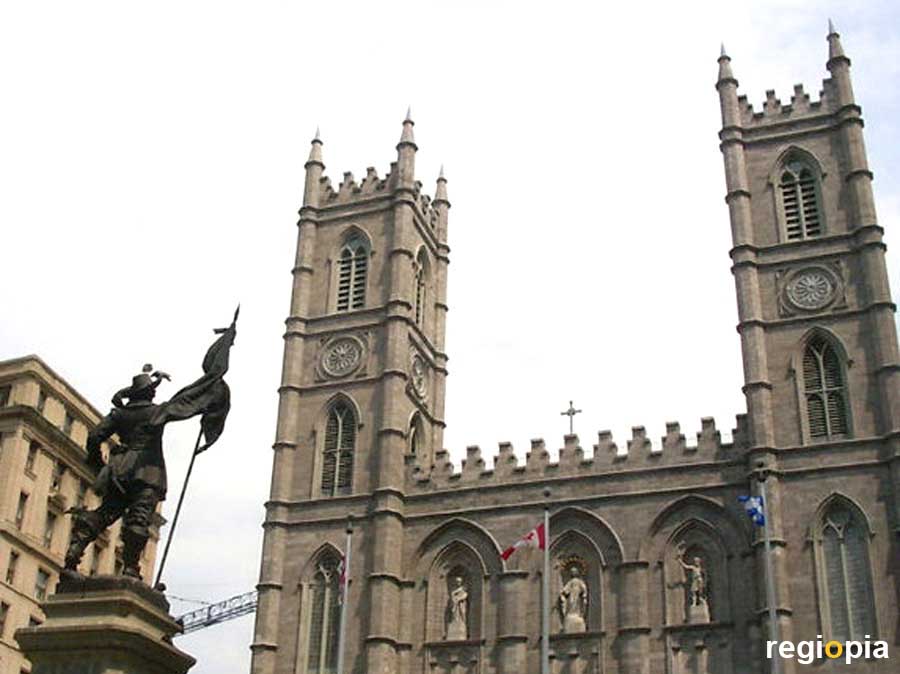
Basilique Notre-Dame
The neo-Gothic basilica was built in 1829 and was the largest church in North America at this time. The predecessor curch of 1672, had become too small for the fast-growing community and was demolished in 1830 after completion of the new basilica.
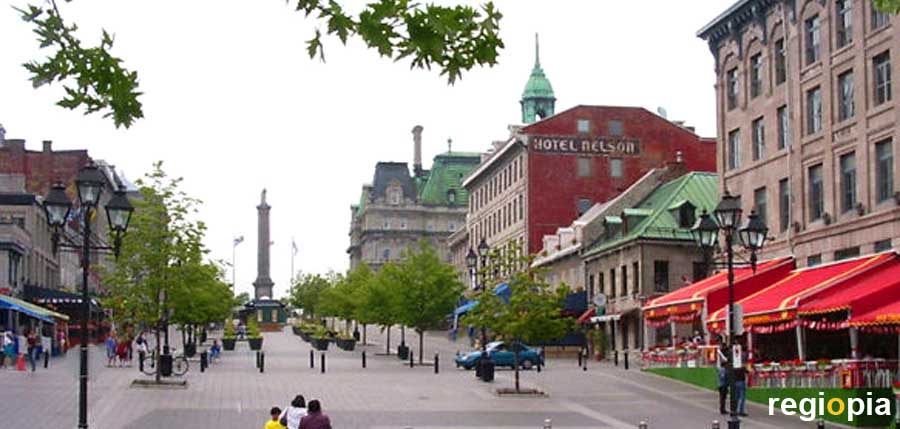
Place Jacques Cartier
The beautiful square in the historic center of Montreal was named after Jacques Cartier. The Frenchmen was the founder of the City of Montreal. The European-style square, surrounded by gray stone facades, opens toward the St Lawrence River and the old port.
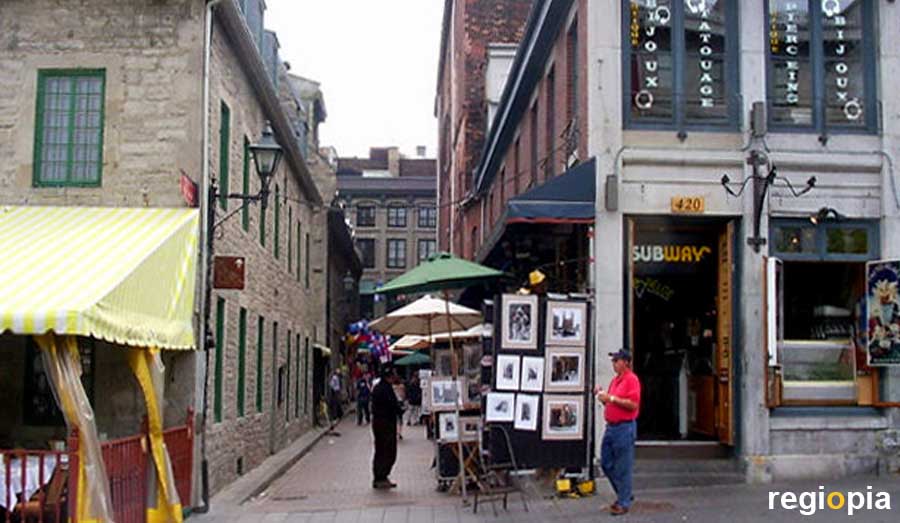
Vieux Ville
The Old Town of Montreal "Vieux Ville" is situated where the first French settlers founded the city Ville Marie in 1642. Narrow streets and small houses remind of villages in Brittany. In "Vieux Ville" you can feel the history of Montreal.
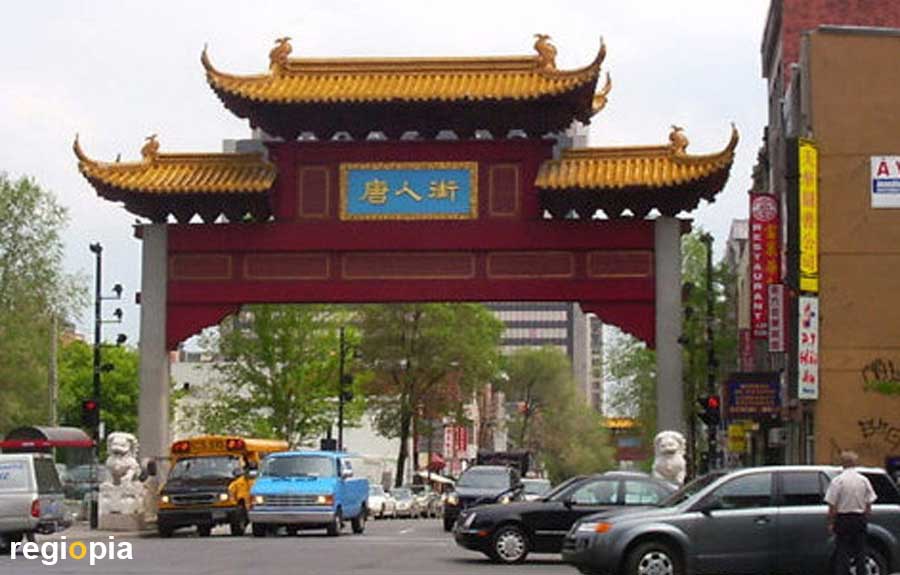
Chinatown Montreal
The Chinatown of Montreal has got two Chinese gates. Many Asian restaurants and shops make the district an interesting destination. Rue de la Gauchetière is the main street of Montreal's Chinatown.
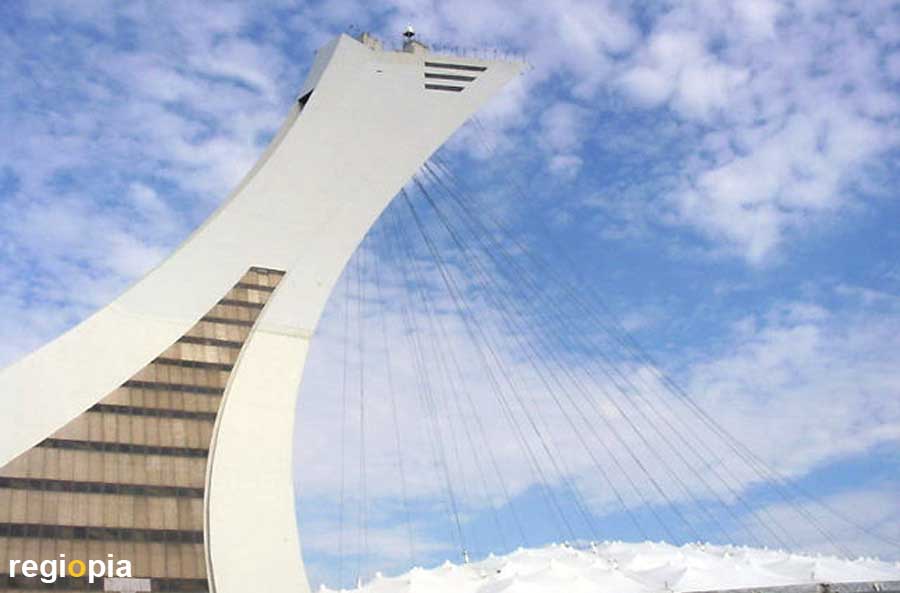
Parc Olympique
In the Parc Olympique the 1976 Summer Olympics took place. From the 190 m high stadium tower you have a nice view on the Montreal. The futuristic stadium was designed by the Frenchman Roger Taillibert.
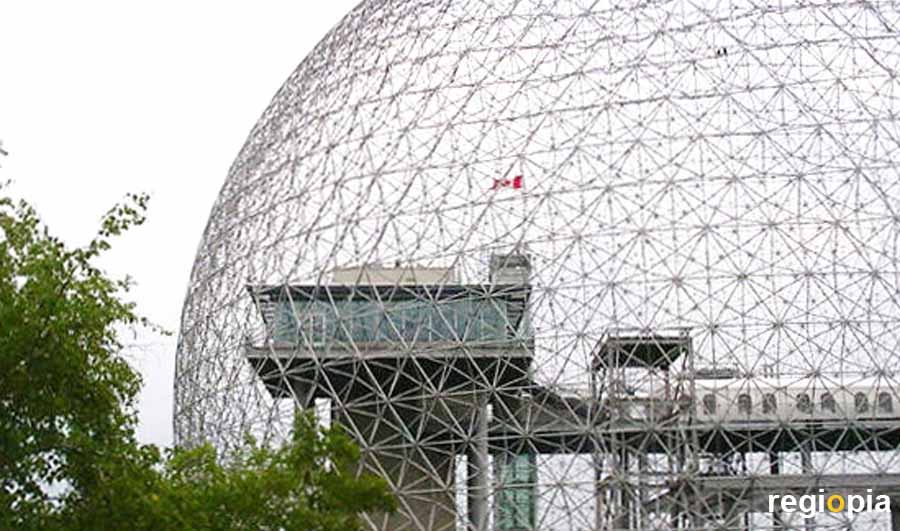
Biosphere
At the Expo 1967, the American Richard Buckminster Fuller designed the spherical dome as the pavilion of the United Sates. The plastic honeycombs of the outer shell were destroyed in 1976 by a fire. Today there is a museum in here.
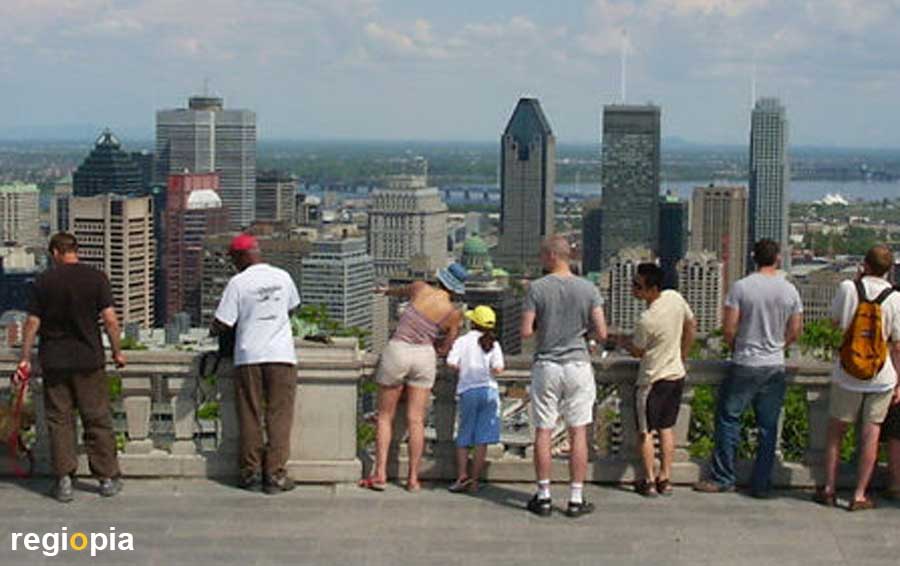
Parc du Mont Real
From the observation plattform at Parc du Mont Real you will have a fantastic long-distance view over the city and it's vicinity. The 211 m high Mont Real hilltop is the only Mountain in the area.
Map sights in Montreal
ads
Travel Guide Montreal
Welcome to Montreal
Montreal is the second largest city in Canada with around 1.7 million inhabitants. The city is located on an island in the St. Lawrence River. Montreal was discovered by Frenchman Jacques Cartier in 1535. The city received it's name from the highest mountain on the island, the "Mont Real".
ads
Sucrerie de la Montagne
A few kilometers outside of Montreal is the "Sucrerie de la Montage". In the place Rigaud there is a mountain with a ski lift and a large forest in which the sucrerie is located. You can spend the night here or eat something delicious in the restaurant. A very nice day trip from Montreal to the countryside.
Wendake
The Huron Museum Village is in a suburb of Quebec. The village "Wendake" offers an insight into the life of the Native Americans.
ads


